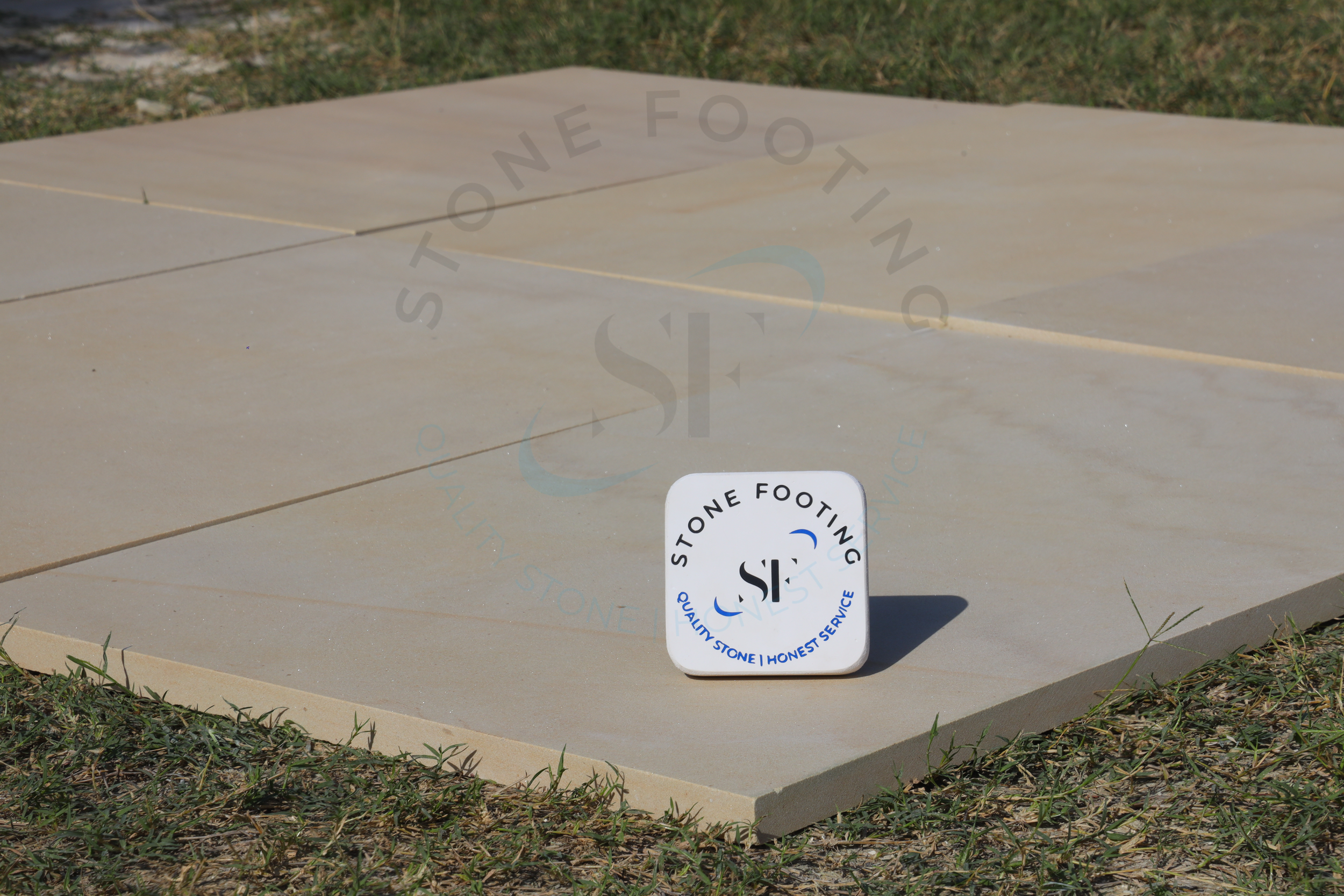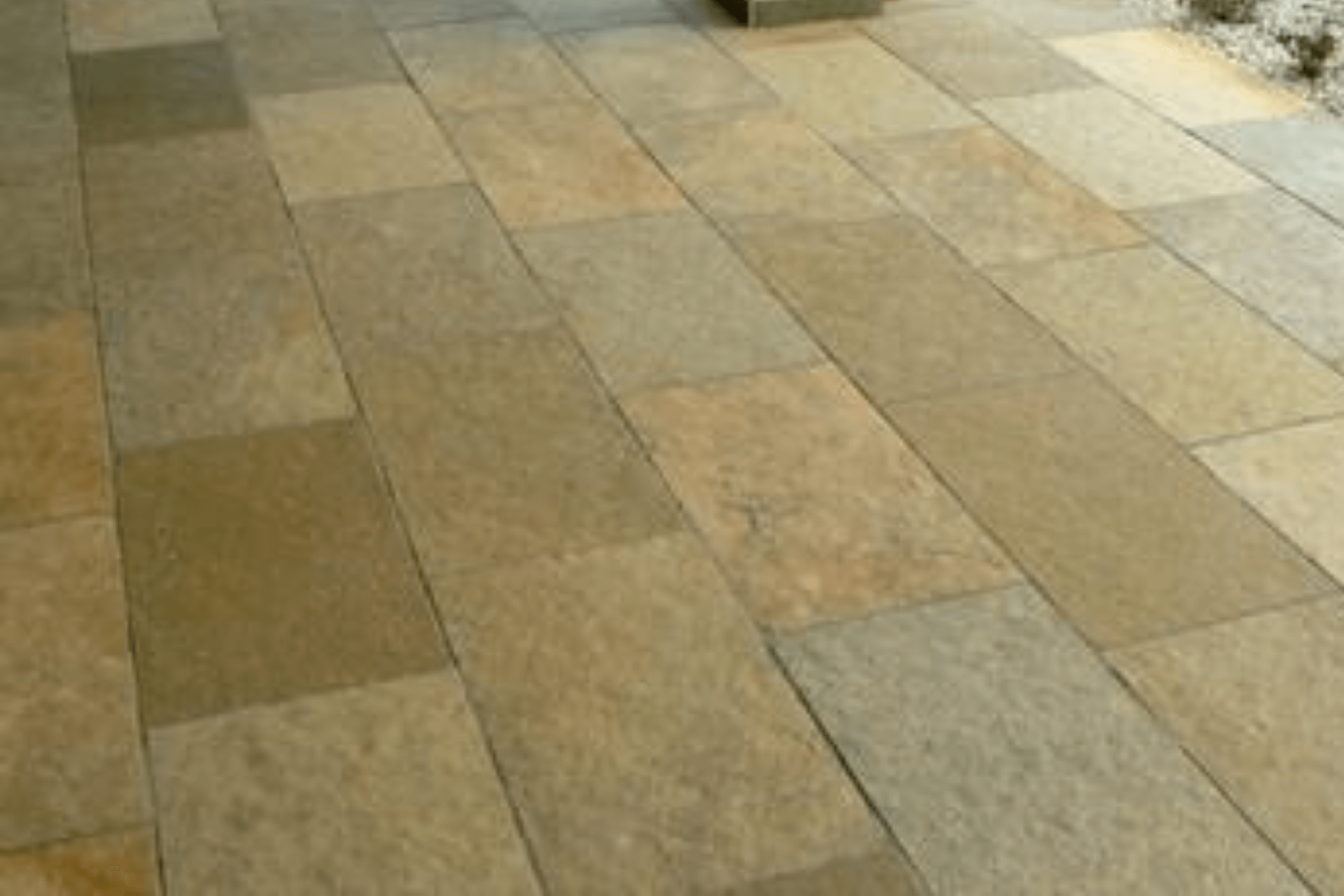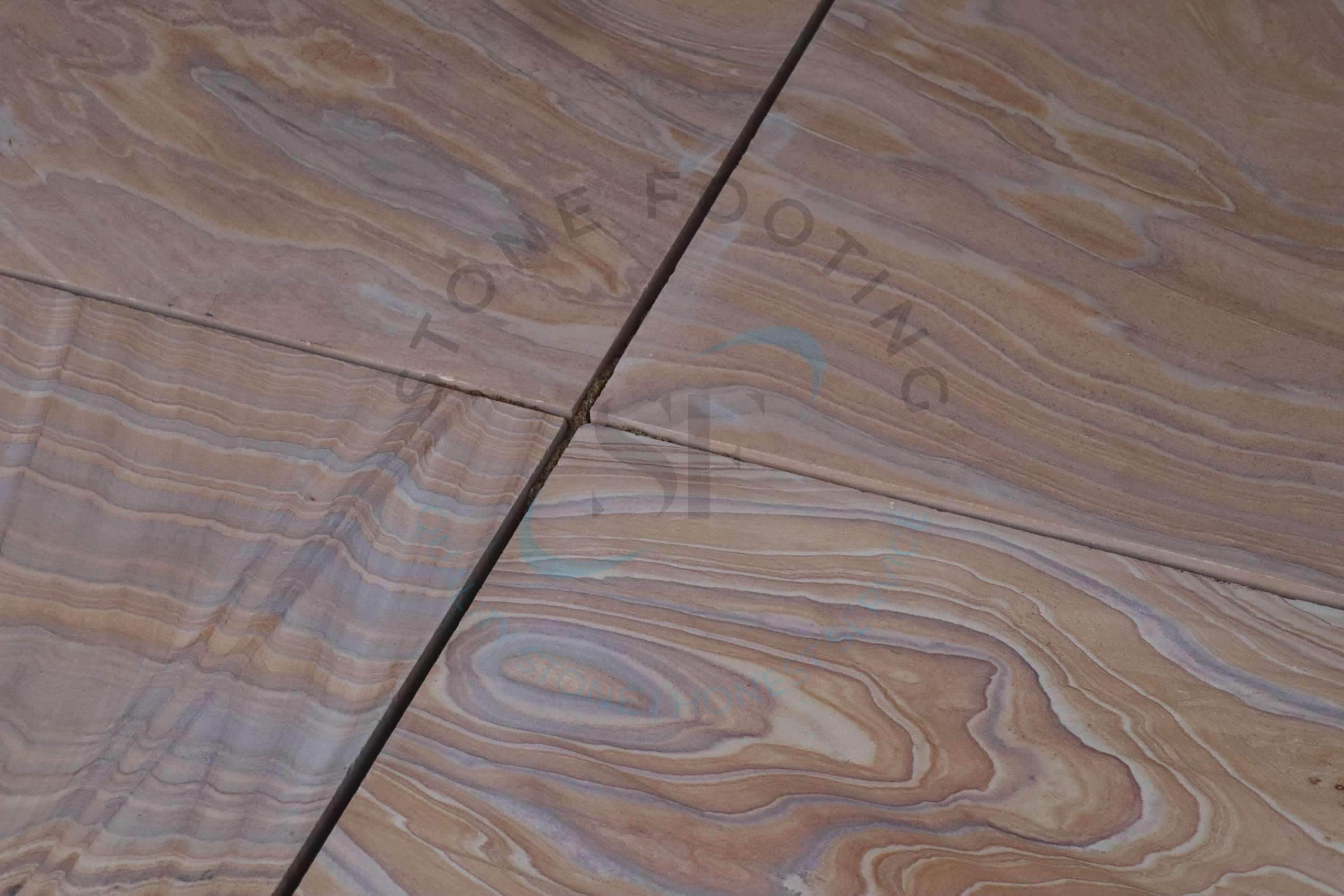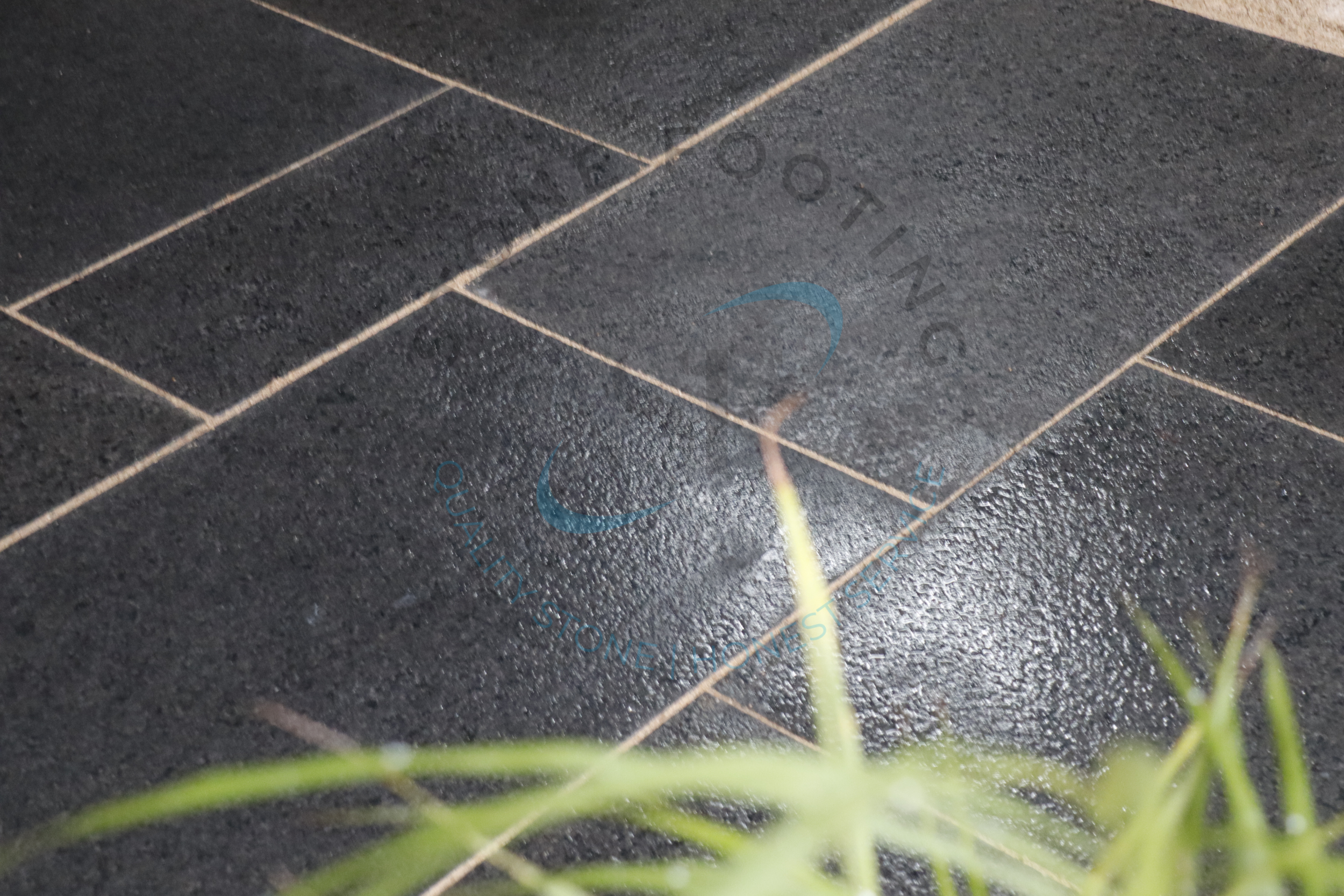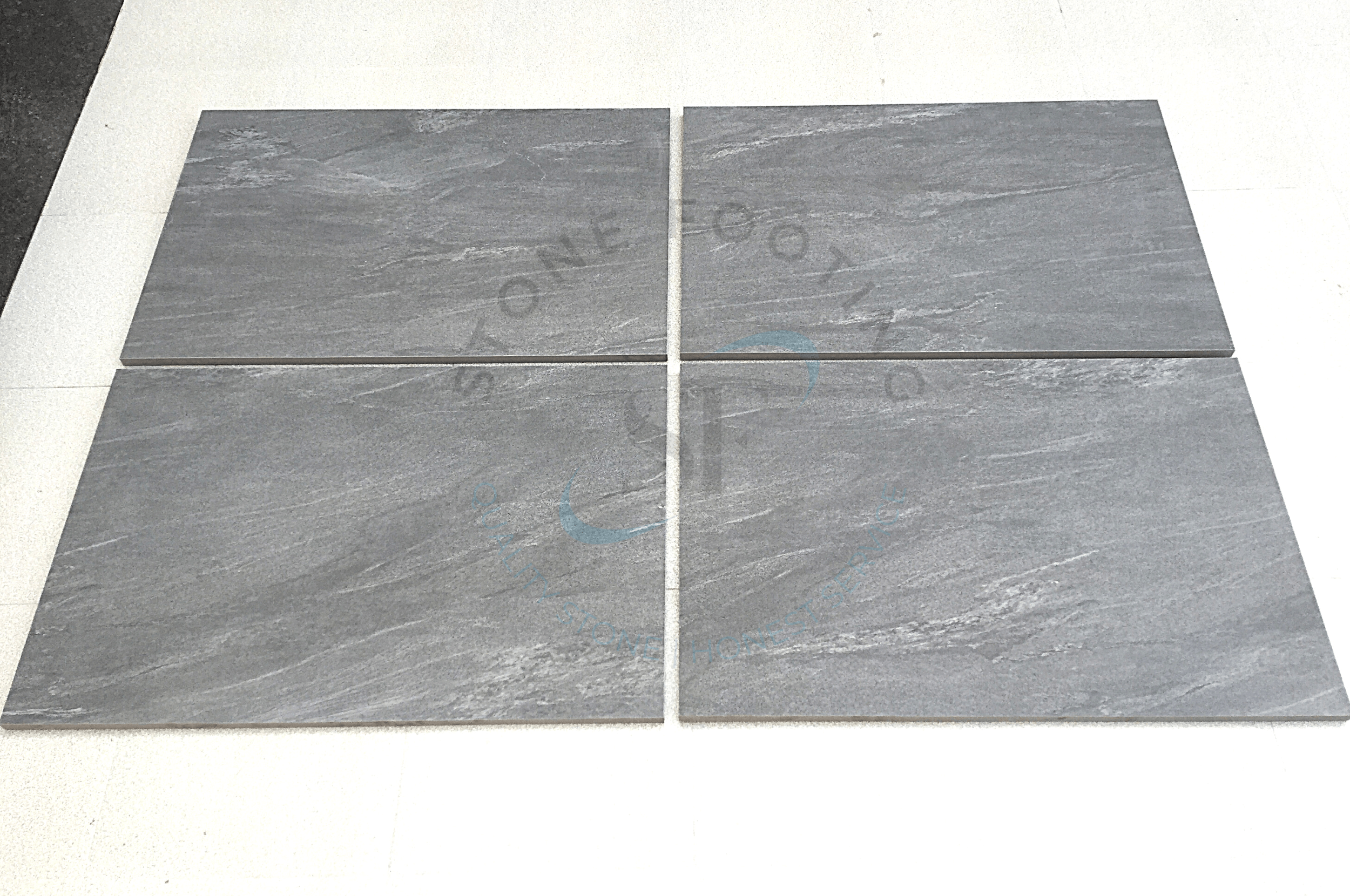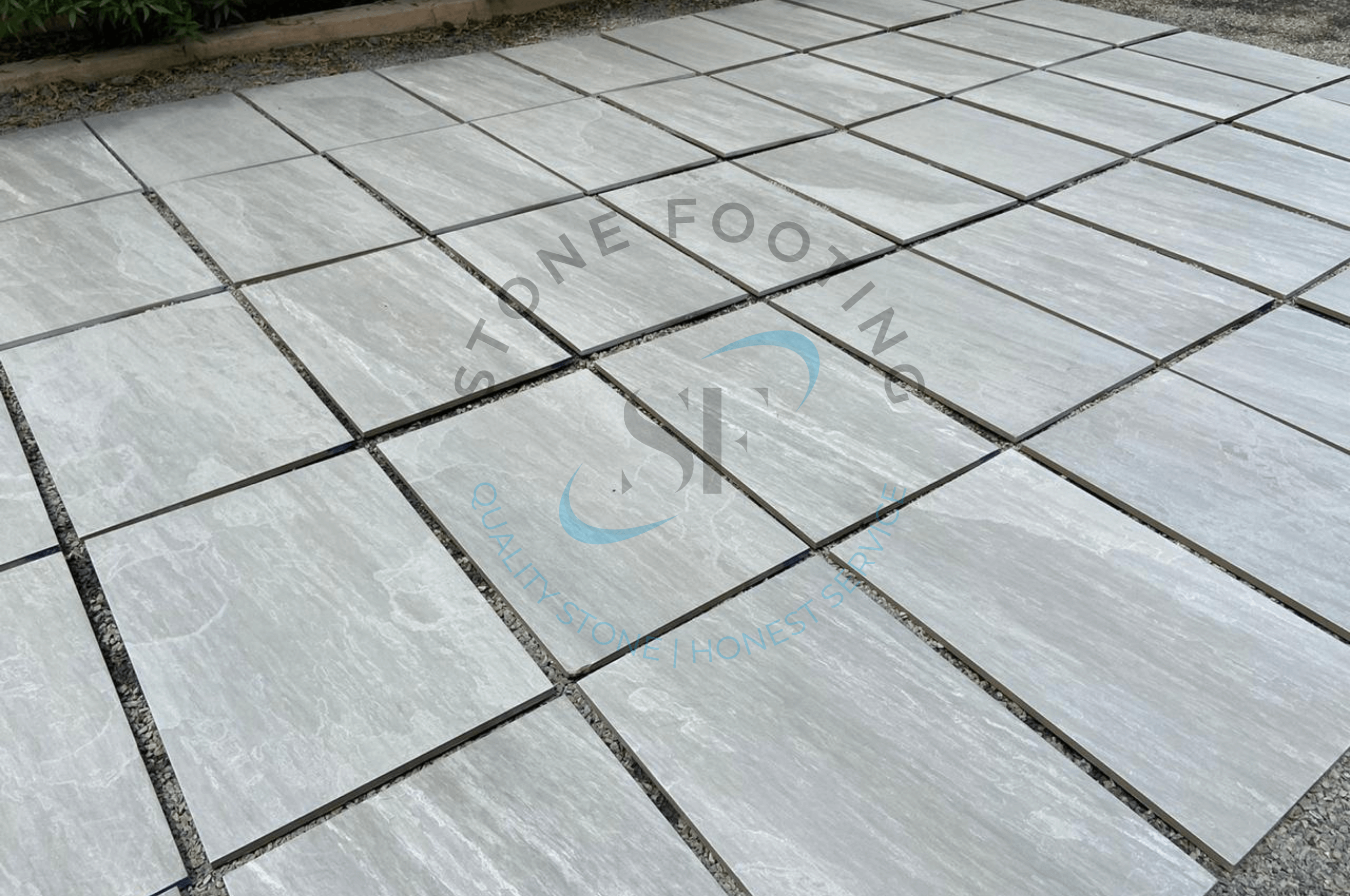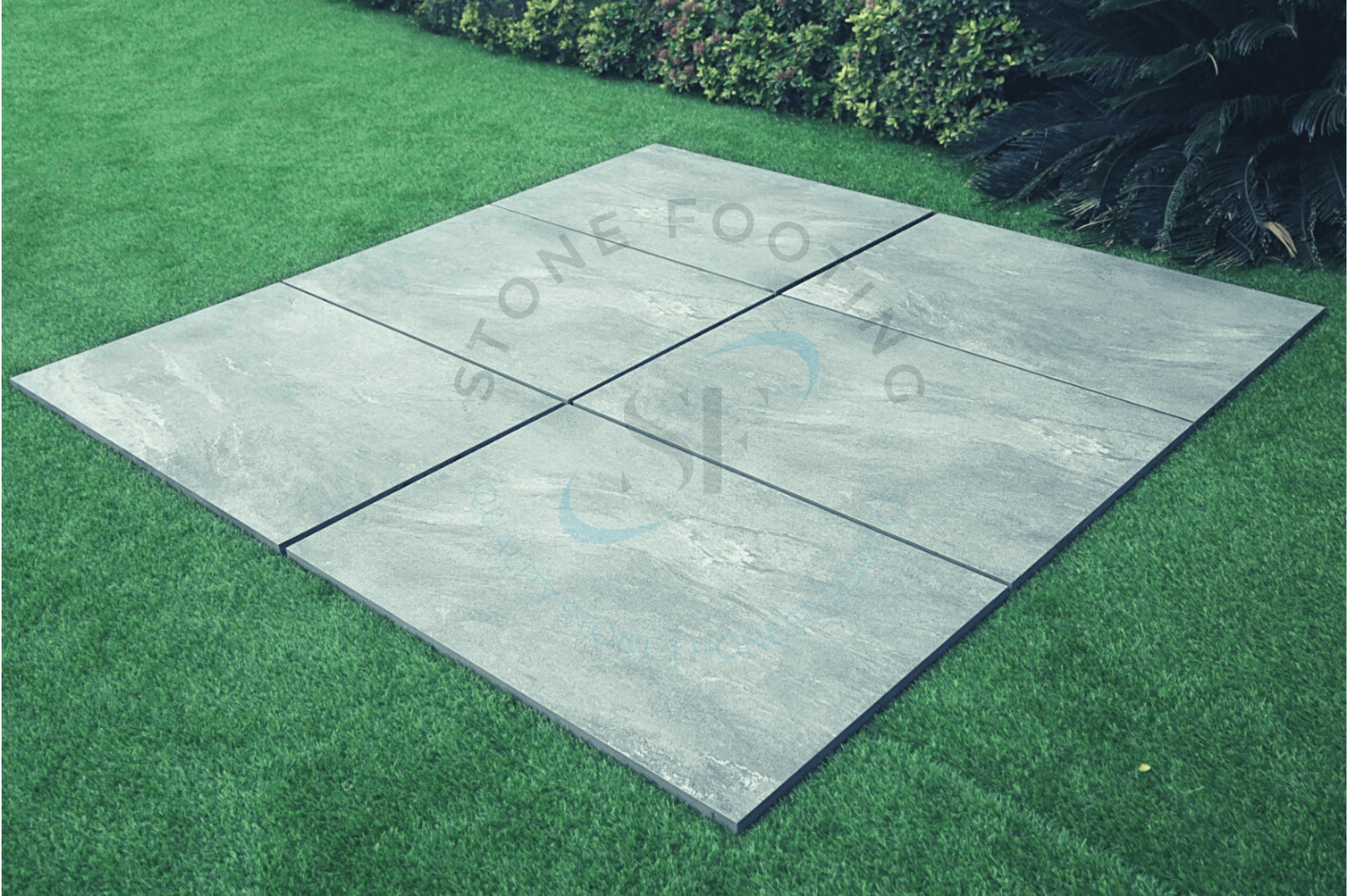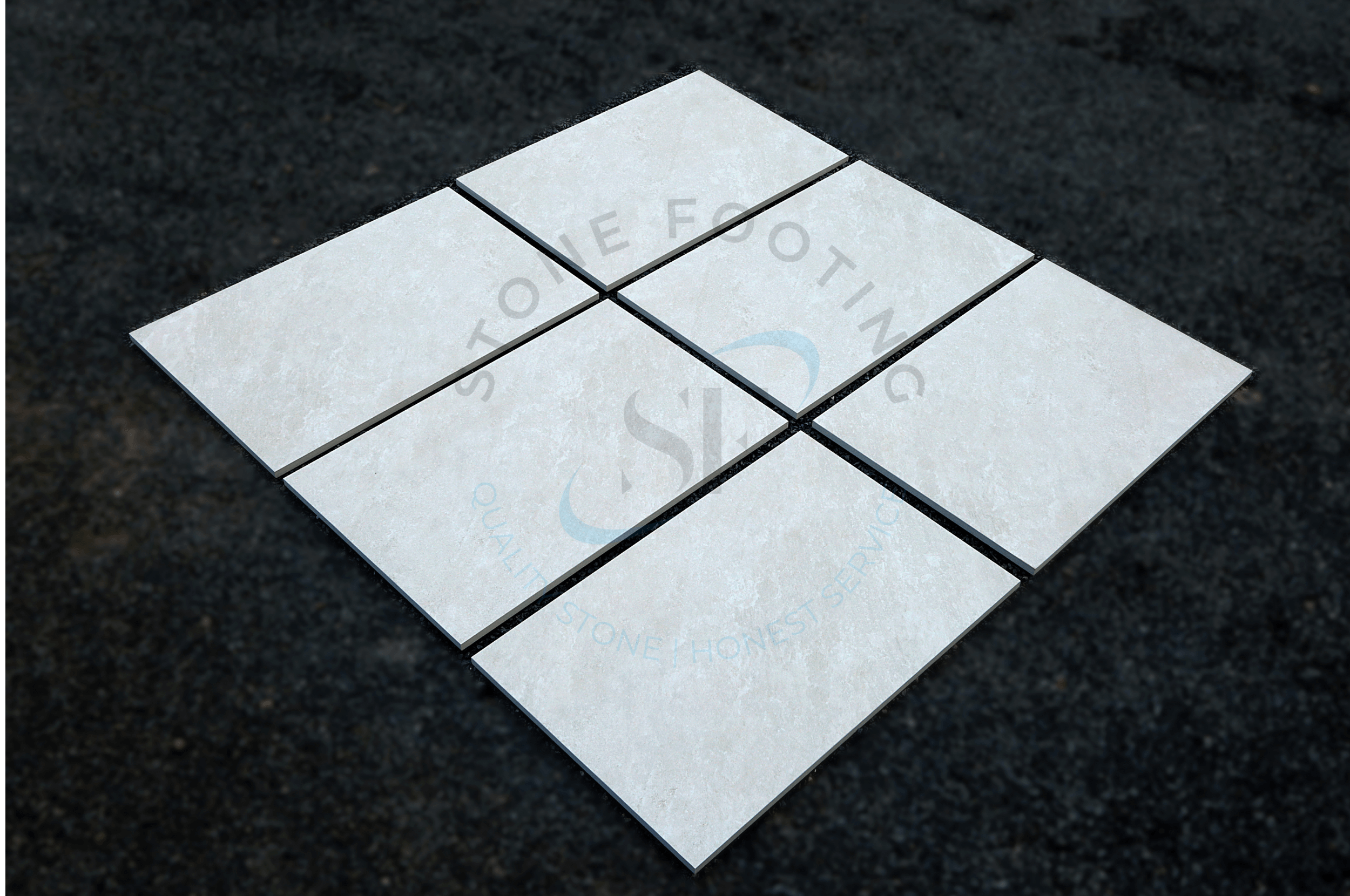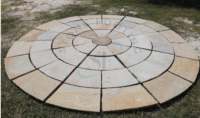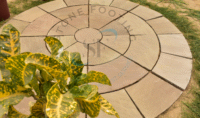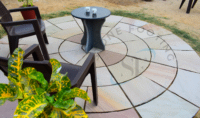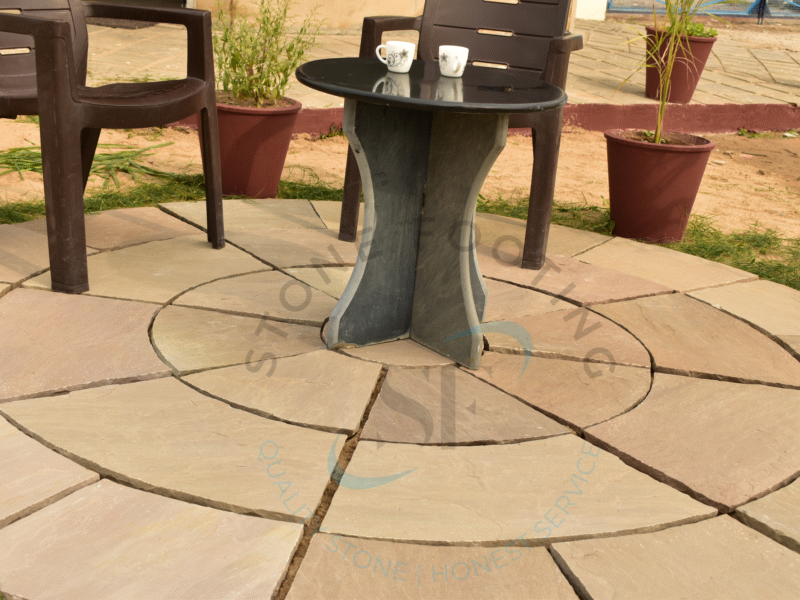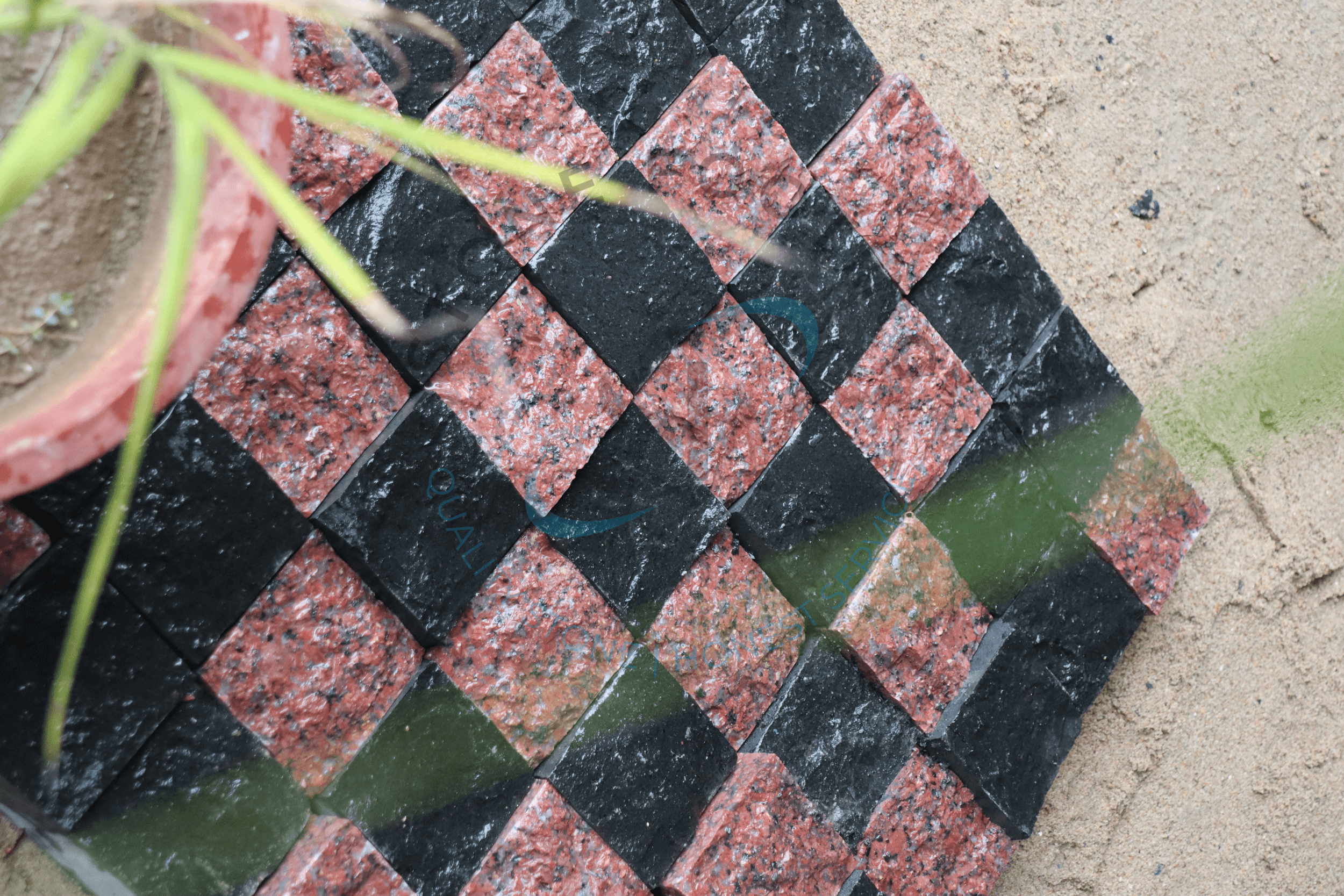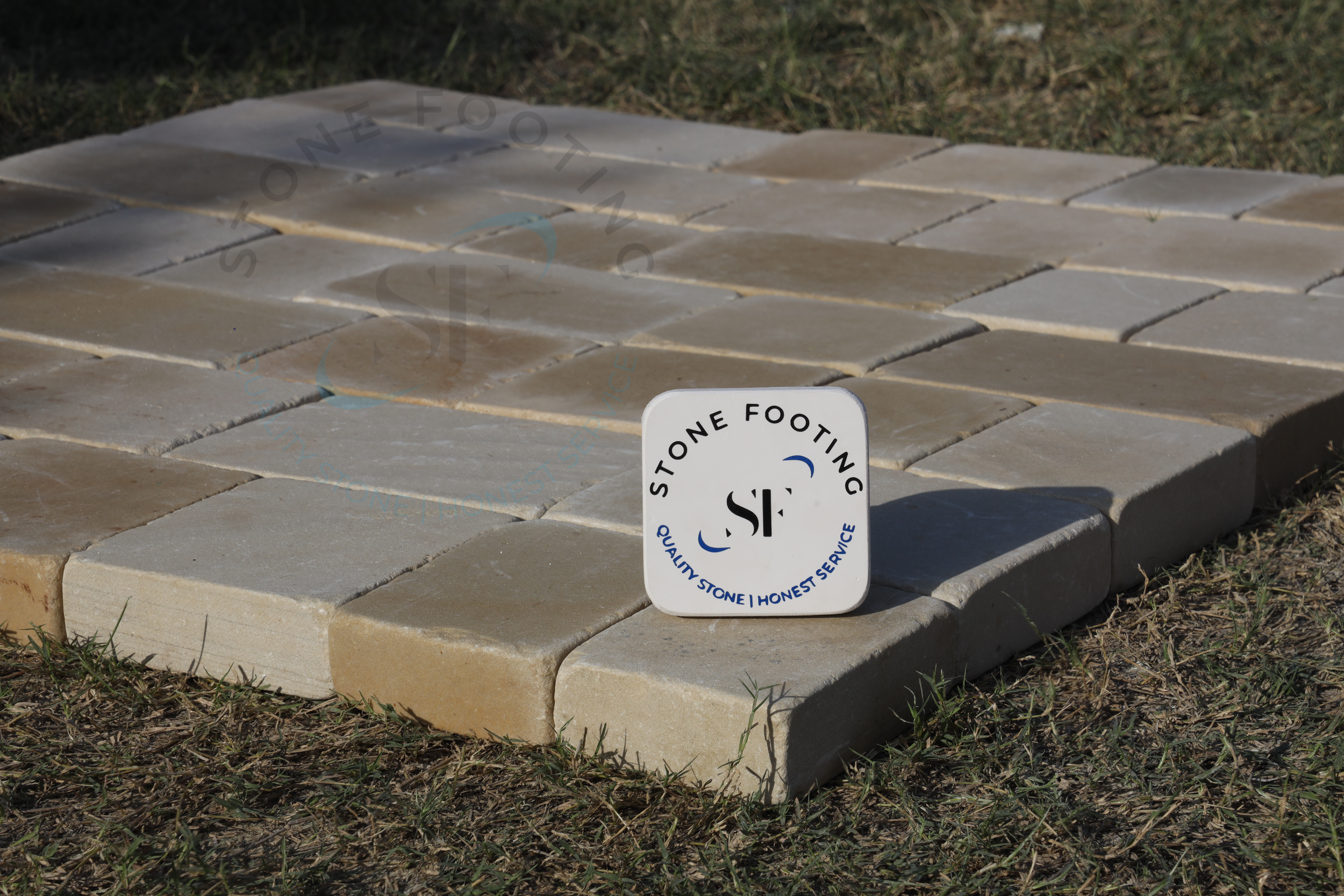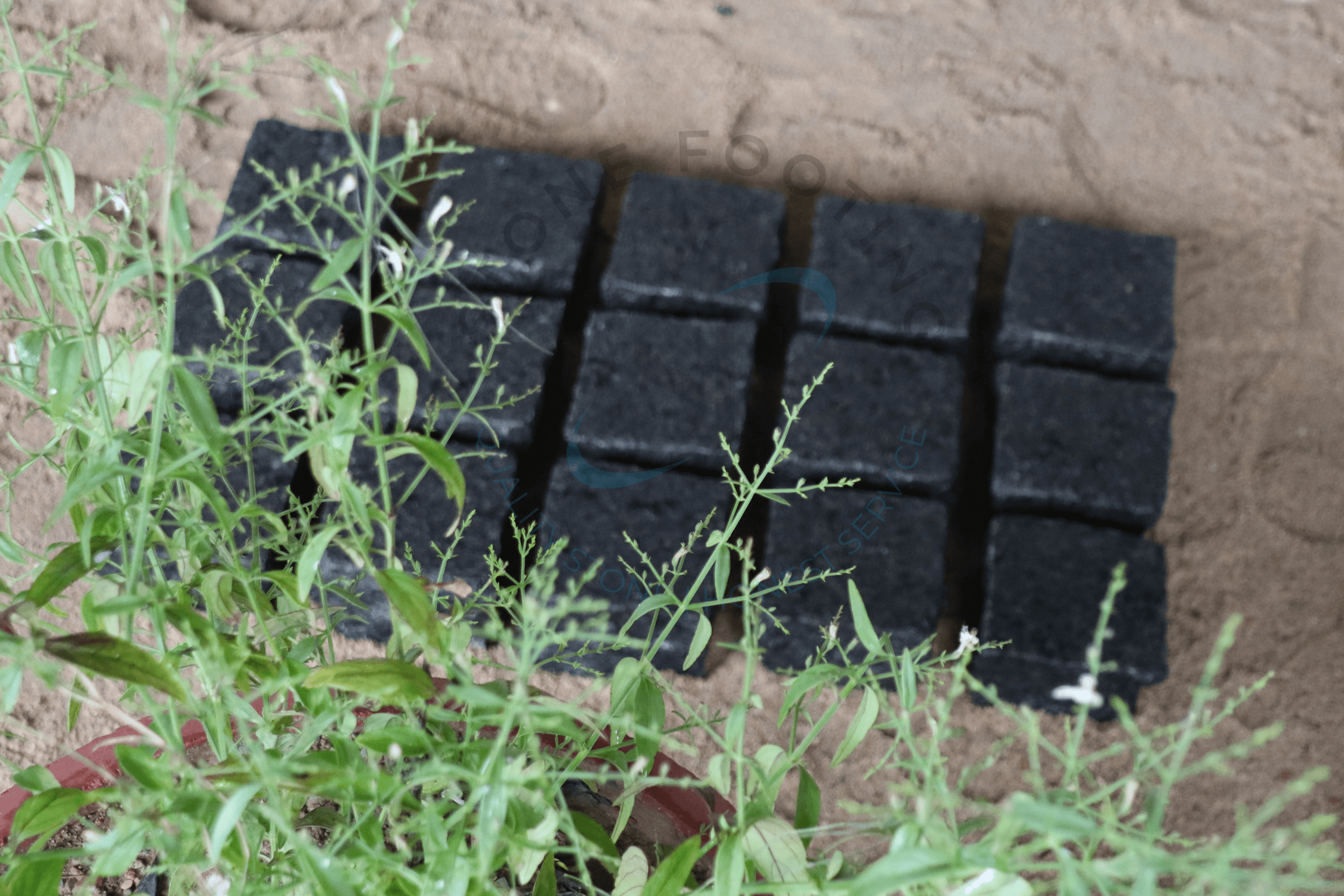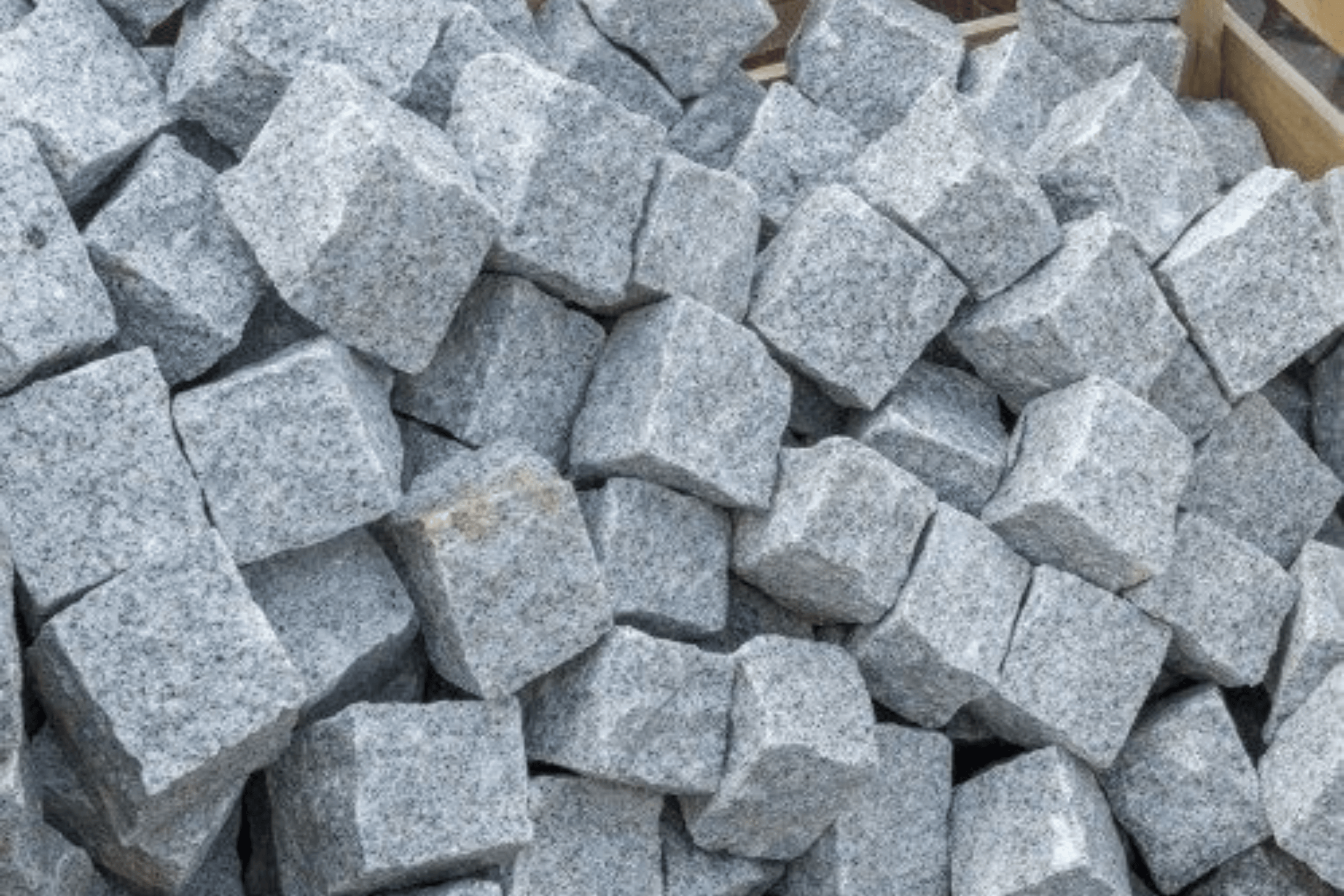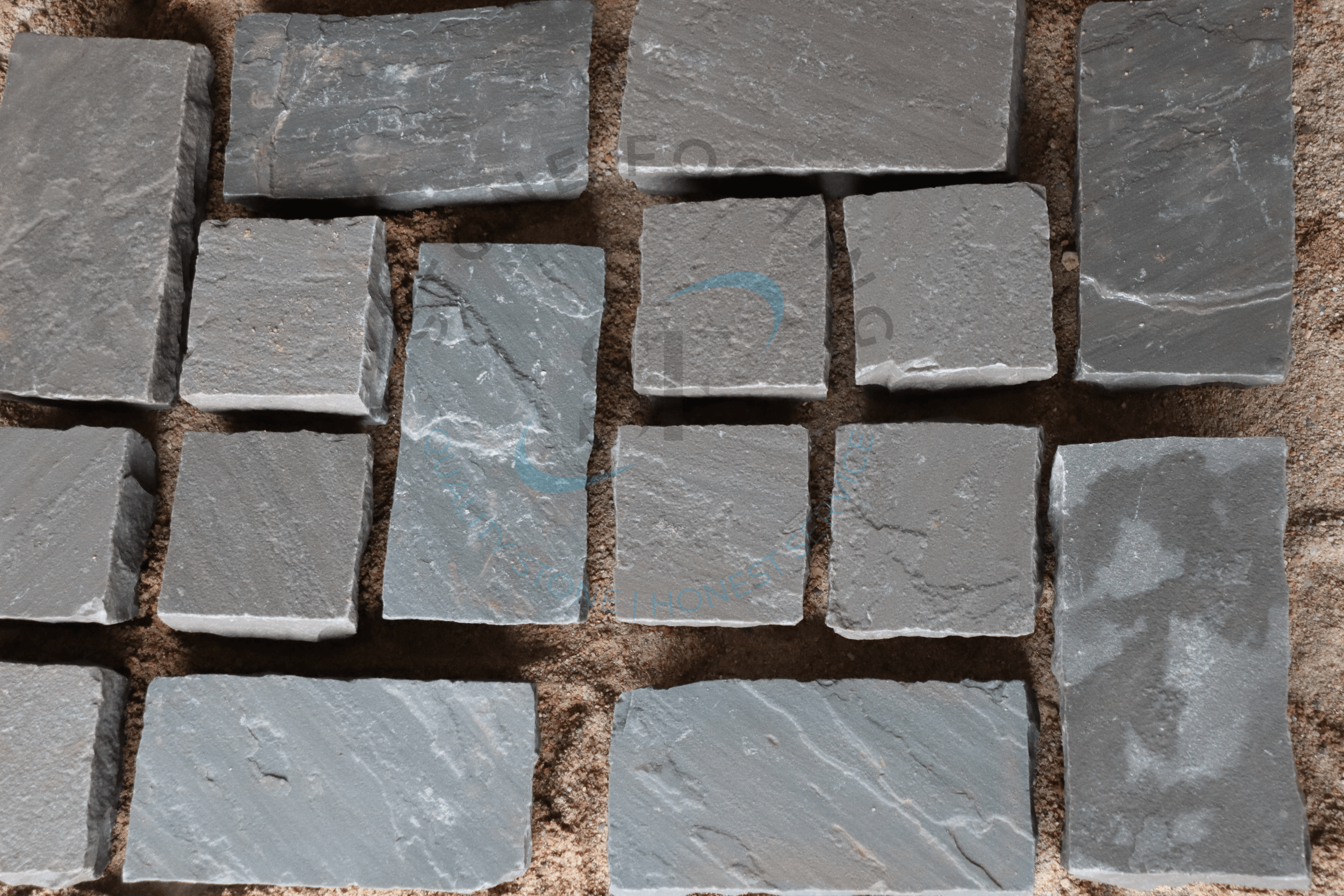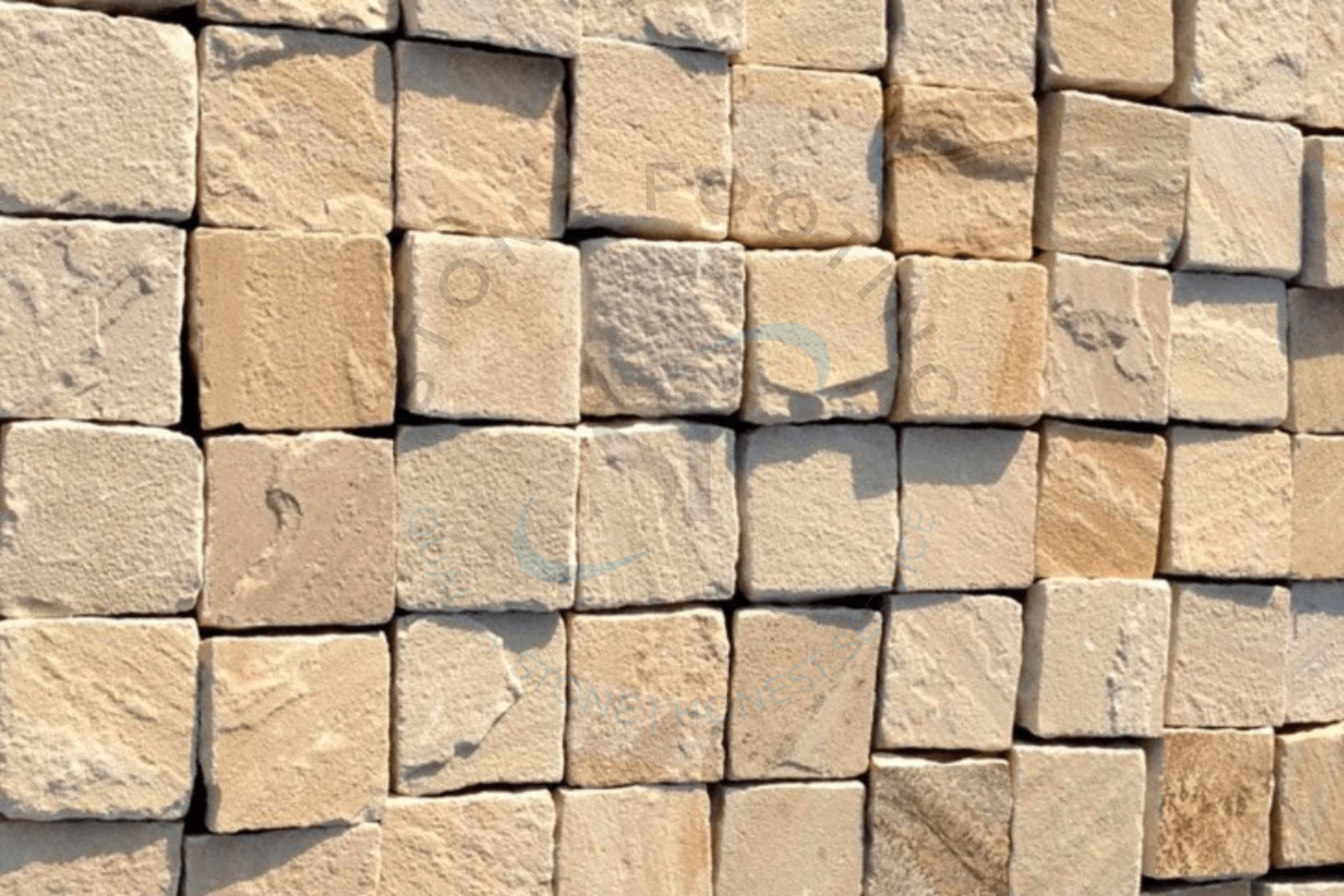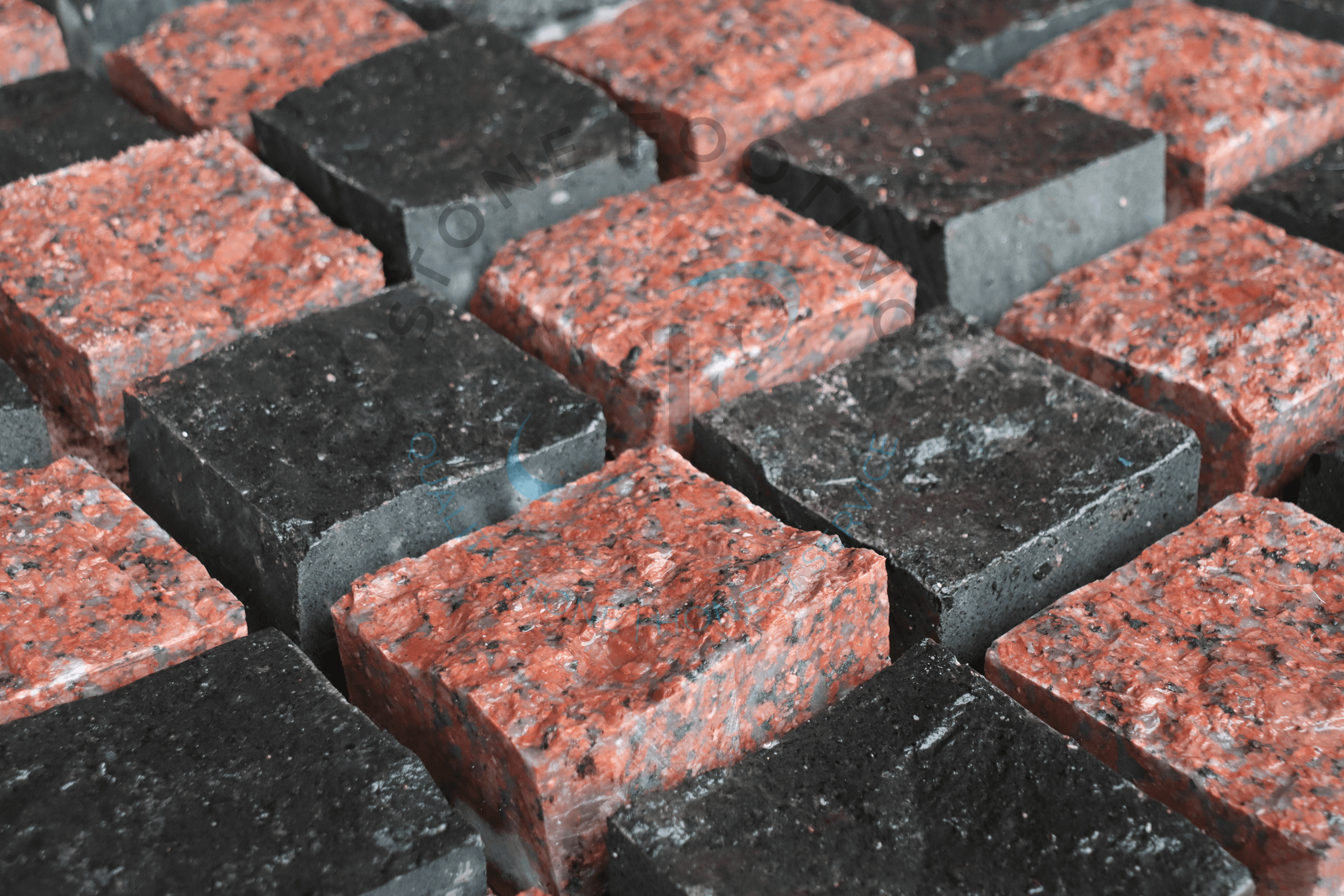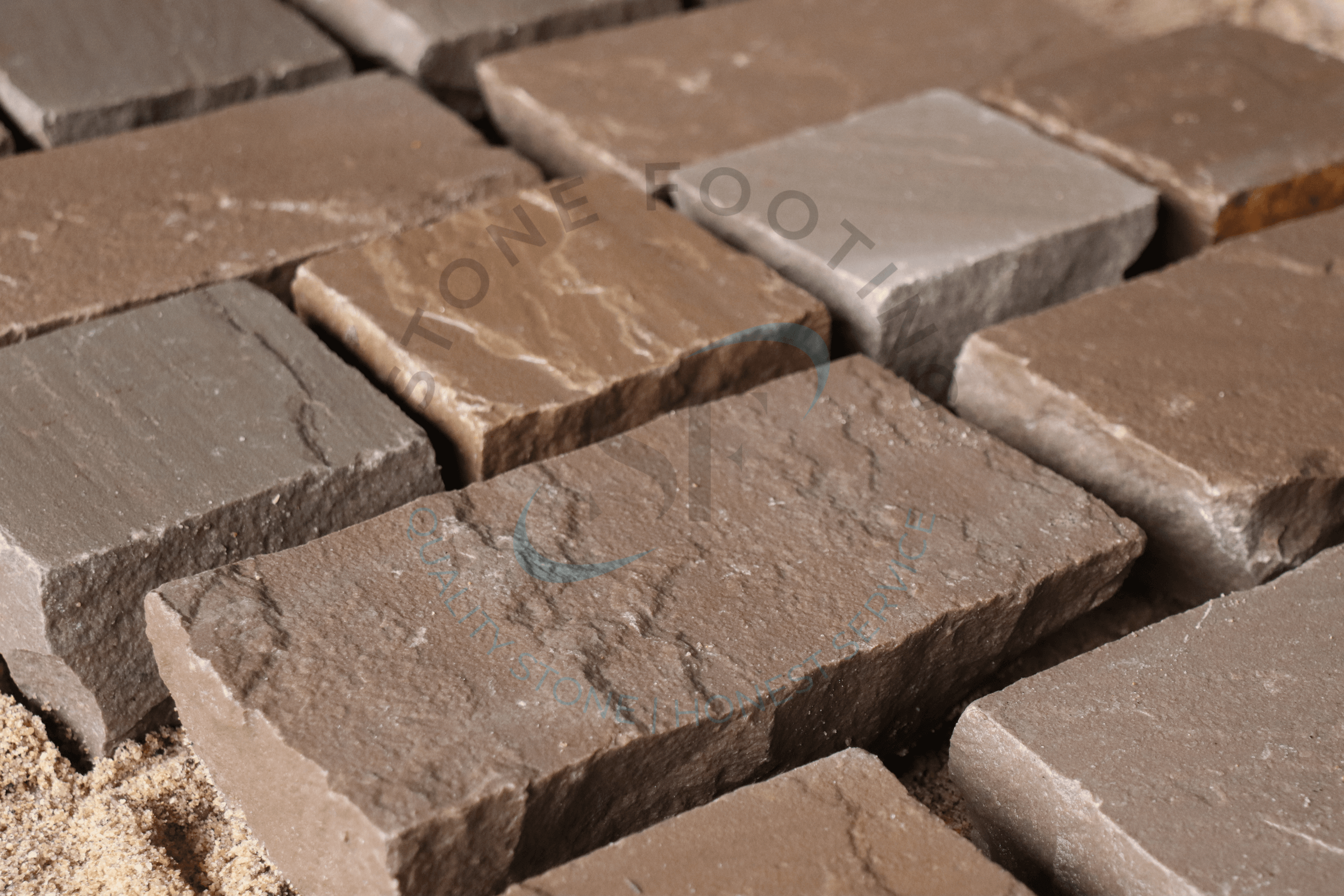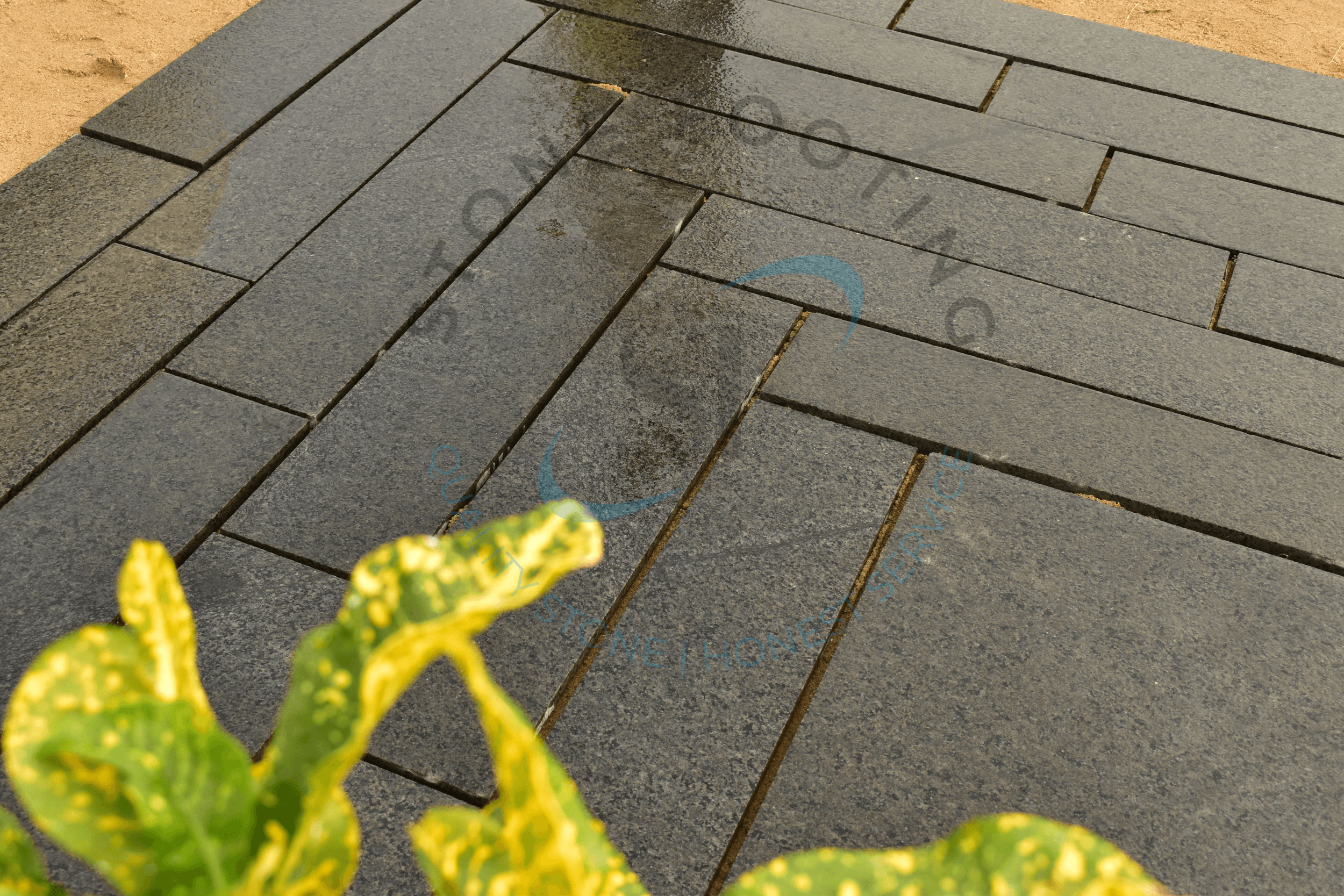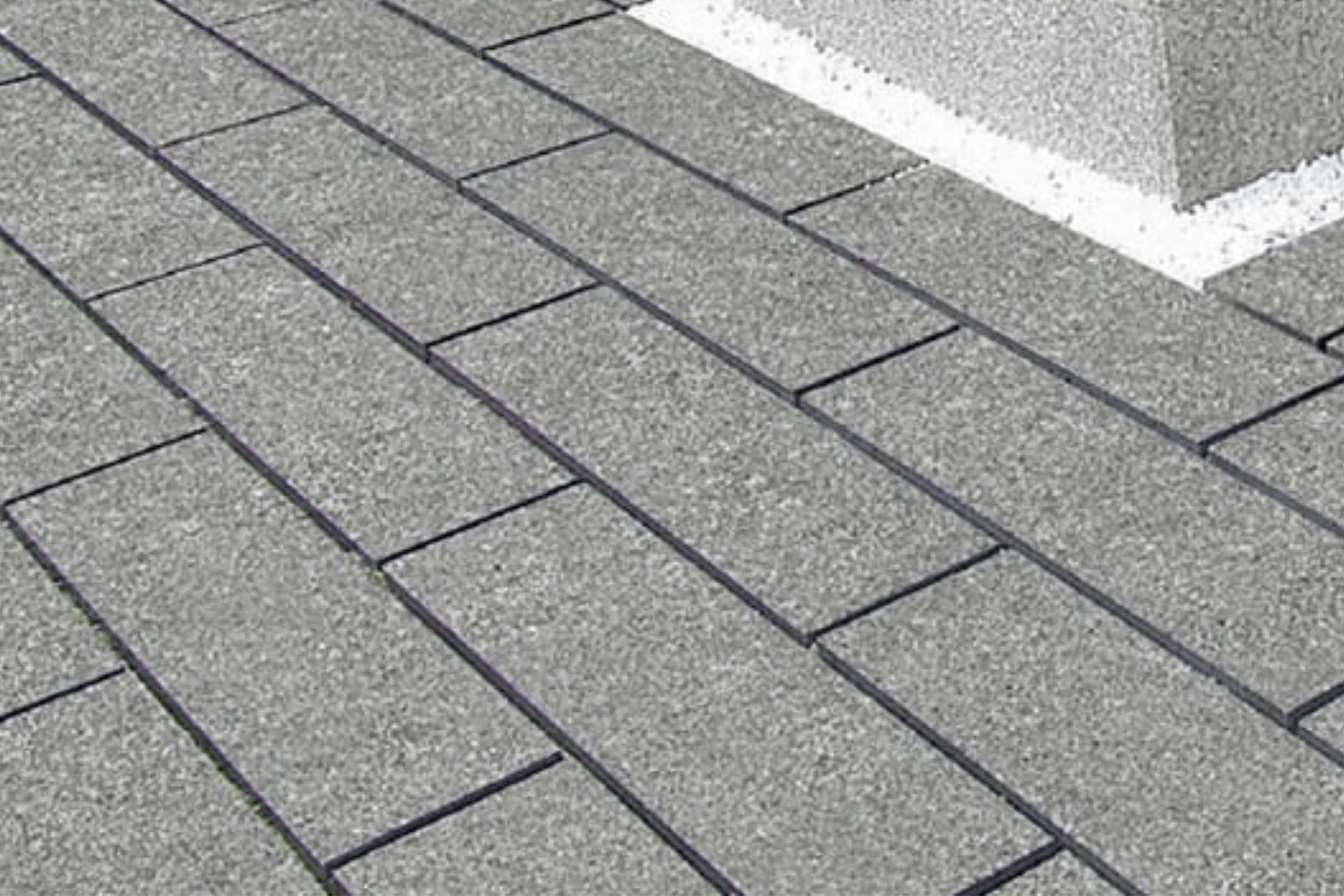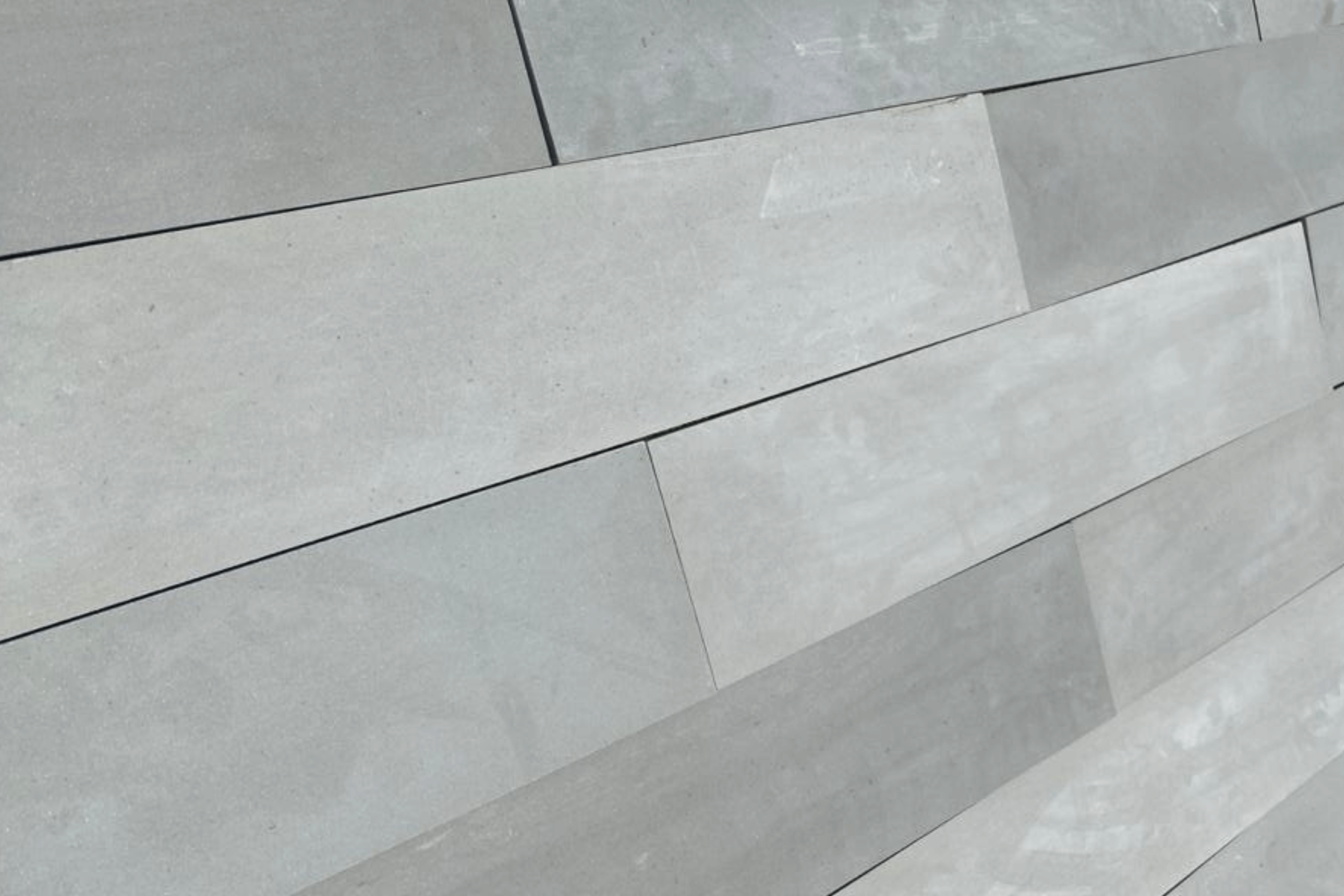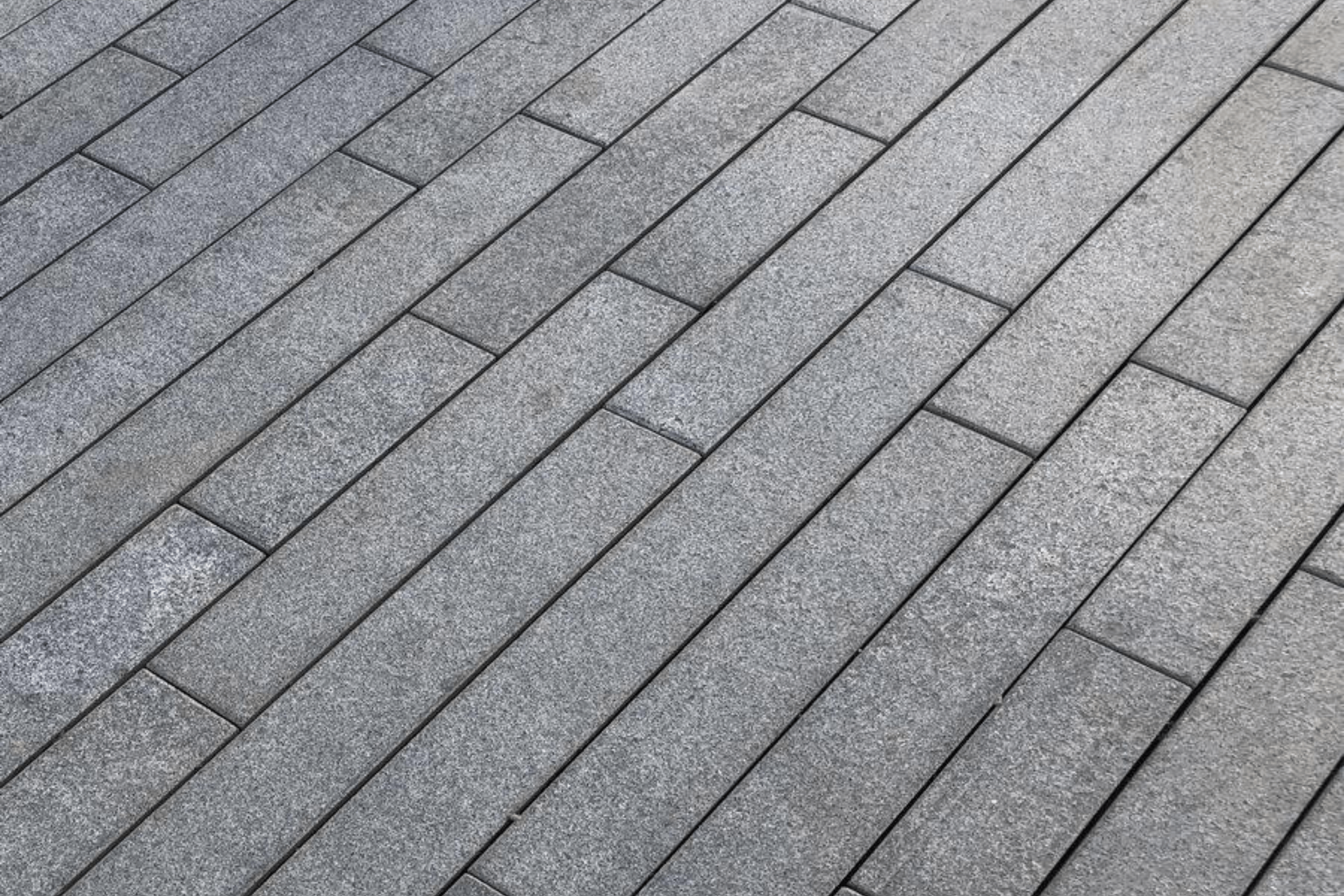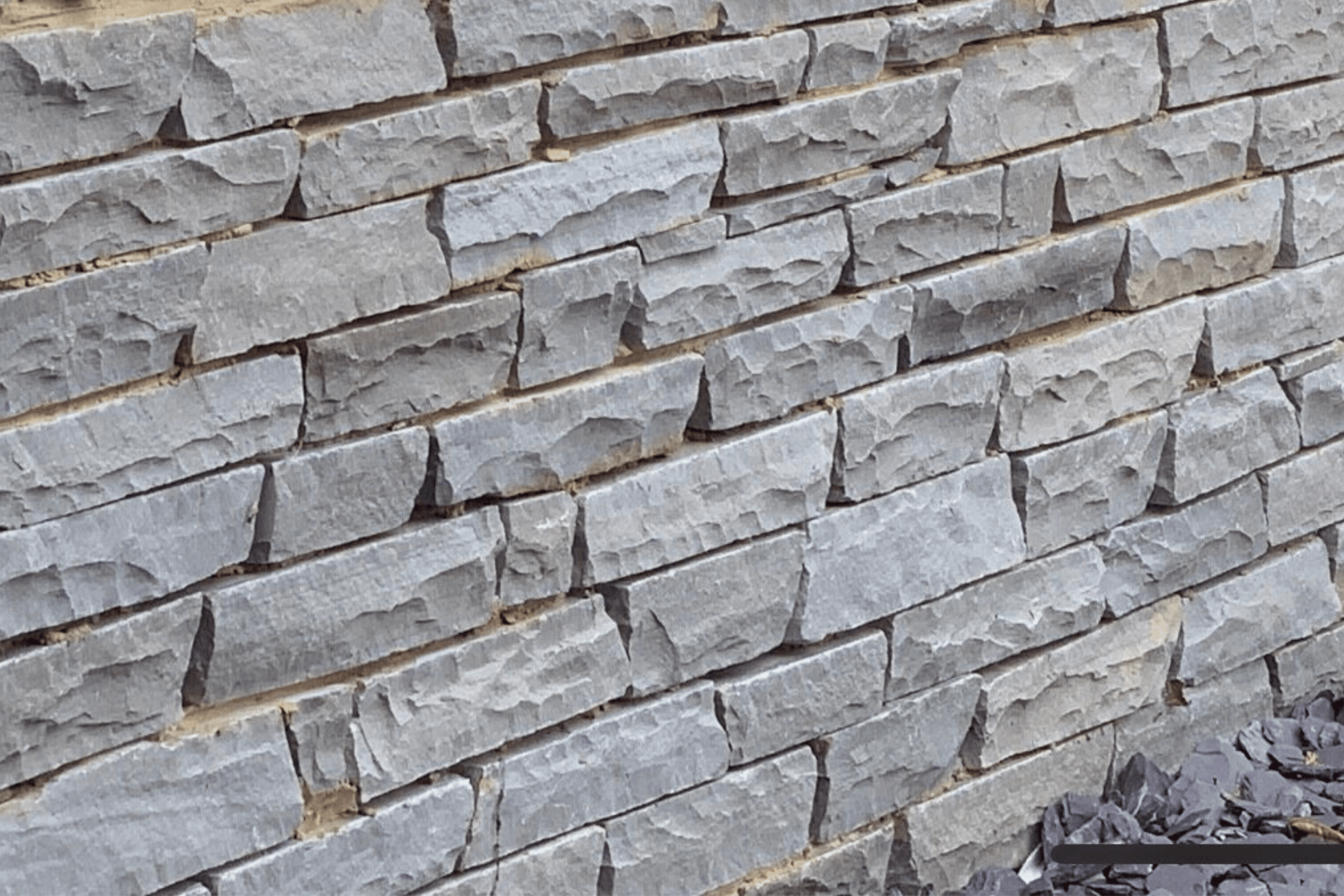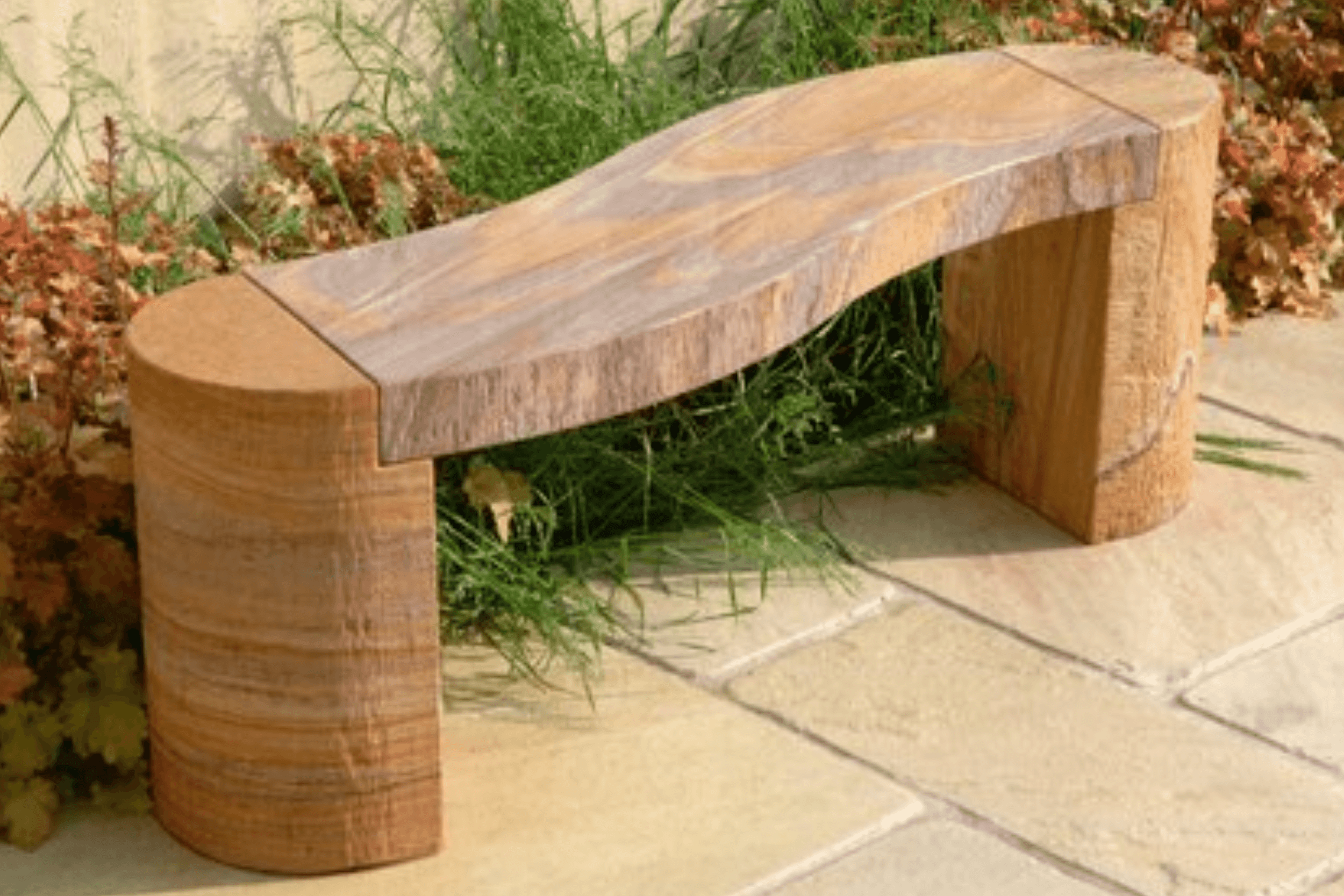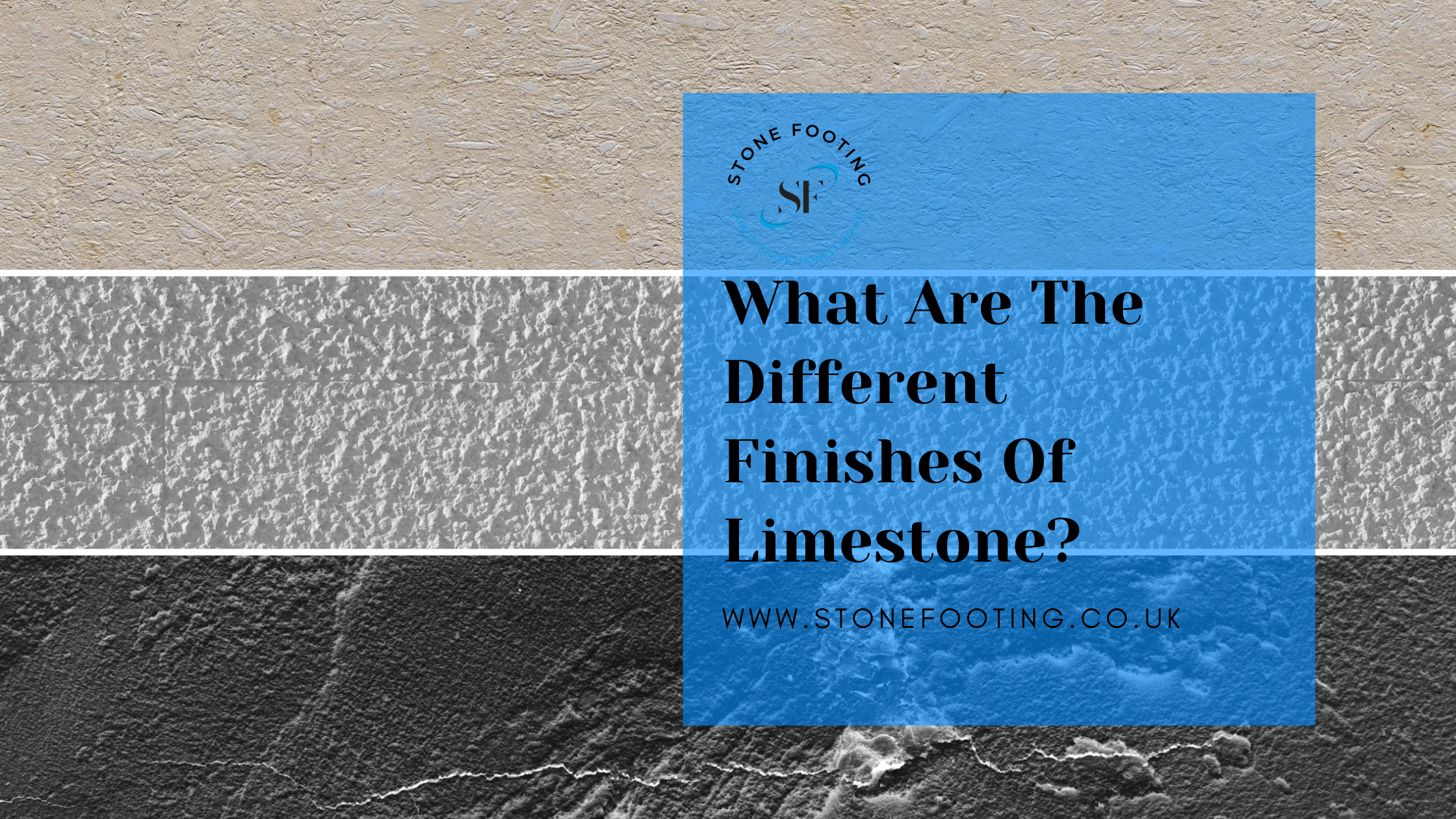Most people can see a polished marble tile or an antiqued limestone finish, and some will comprehend what the phrase honed means. However, there are a plethora of different alternatives for natural stone surface treatments, some of which may be difficult to envision. Listed below are some of the several options:
We may use a range of methods to get a variety of surface finishes on the same type of stone. When we want to employ the same stone to produce the inside-outside seamless effect that is so popular right now, these alternative ways come in handy.
So, let us find out the different finishes of limestone available –
Sandblasted
Sandblasted limestone finish is a surface finish that is typically utilized to match freshly installed limestone elements with older limestone discovered during a restoration undertaking. The treatment may be applied to all elements of newly installed material on both industrial and residential applications.
Polished
Natural pores may be found in these limestone tiles. Limestone is a porous material, and a specialized filling aids in the reduction of these holes. Following the process, the tiles will be polished to prepare them for your landscape project. The surface of the tiles becomes brilliant, bright, and more reflecting as a result of this procedure. Limestone natural stone tiles with this polish are perfect for usage on walls and floors indoors.
Tumbled
Our lovely tumbled limestone finish is a perennial favorite among both residential and commercial clients. Every stone is given a one-of-a-kind and personalized personality thanks to the gently tumbling stone treatment. Every project is elevated and refined with this natural limestone finish.
Brushed
Brushed texture is done by brushing the limestone with steel or strong synthetic brushes, as the name implies. It produces a softly textured surface that is more resistant to abrasion and blemishes. It is especially effective on limestone.
Honed
A honed limestone finish may be a wonderful alternative if you want a more antique or aged finish. Plunging stone produces rough edges and an aged and worn look. After the tumbling step, the stone is softly polished to smooth off particularly rough edges and give it a very matte, yet aged, aspect. This finish is suitable for both ornamental and flooring purposes.
Ground
A fairly aggressive technique to stone refinishing. To remove severe scrapes and lippage, it employs a metal-bonded and gemstone grit heavy weighted floor buffer. This method’s purpose is to level the floor and smooth out any flaws. This is frequently followed by sharpening and polishing.
In the end, limestone has been used for thousands of years. Because of its refinement, attractiveness, and endurance, this material is commonly utilized for decorative and construction applications. Limestone isn’t as hard as granite, but it’s significantly more durable than options for landscaping like a wood / composite deck or concrete pavers. Limestone pavers can also last for many years if properly maintained.
Stone Footing, the leading wholesaler of limestone paving stones with different popular finishes in the UK and other European Countries, is always available for you to understand the difference and gather more knowledge about limestone finishes!!
Choosing the proper limestone finish for your house can actually make a difference in beauty, usability, and overall life, just as having the right tools makes performing a work simpler and more efficient.
Frequently Asked Questions
Is limestone available in a variety of colors?
Fossils can also be found in limestone. Limestone’s hue ranges from white to grey. Limestone that is extremely rich in organic matter can seem practically black, whereas elements of iron or manganese can provide limestone it’s off to yellow to red tint.
Is travertine a kind of limestone?
Despite the widespread and traditional use of the term “travertine marble,” travertine is actually a form of limestone. It is the earthly variant of limestone, as contrasted to the maritime compositions of several other types of limestone.
Is limestone superior to bluestone?
The delicate hue of bluestone is frequently best suited to ceremonial and classic designs. Limestone’s velvety texture lends itself nicely to relaxing, elegant areas or Mediterranean-style patios. Limestone may also be utilized to create sleek, minimalist rooms on occasion.

